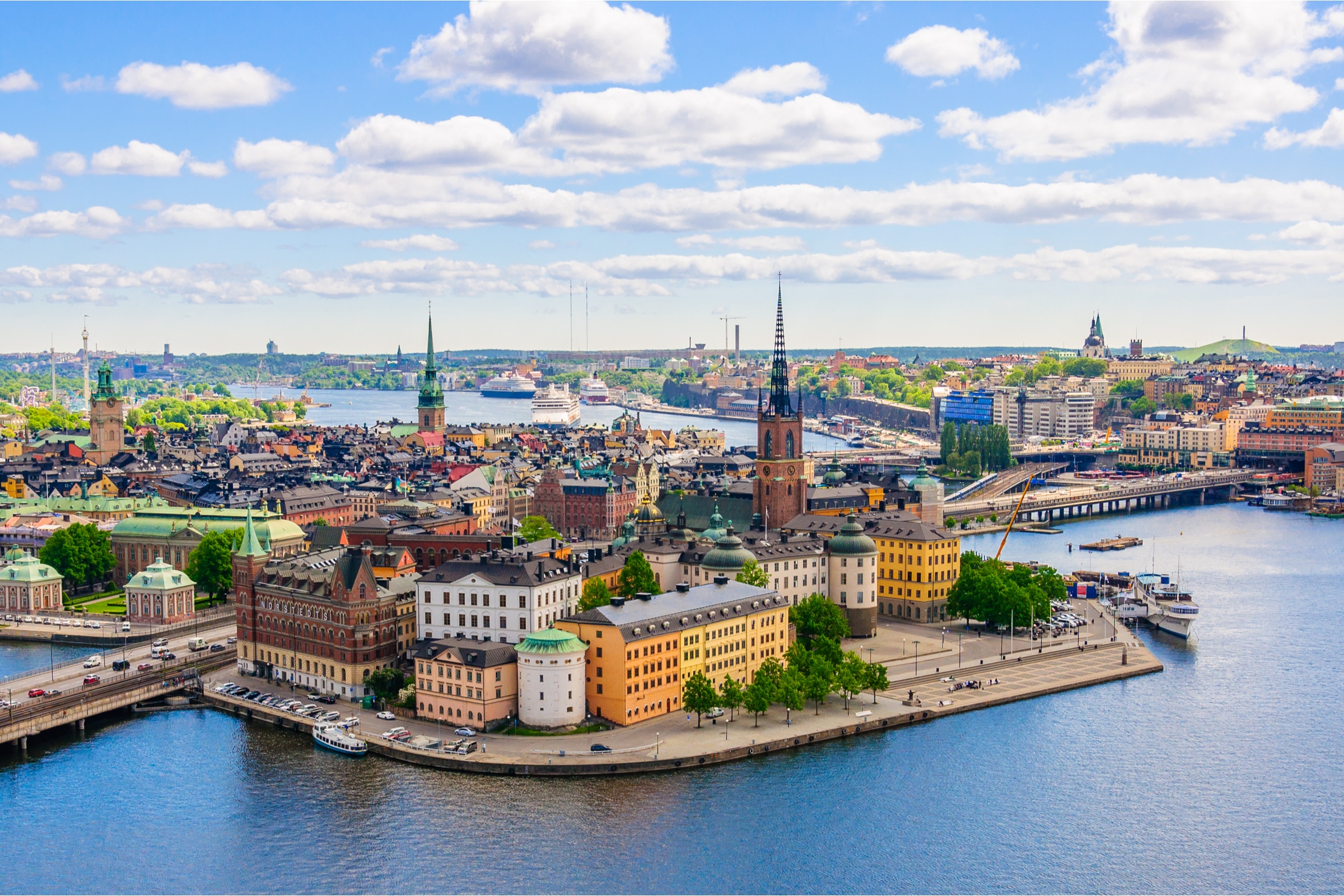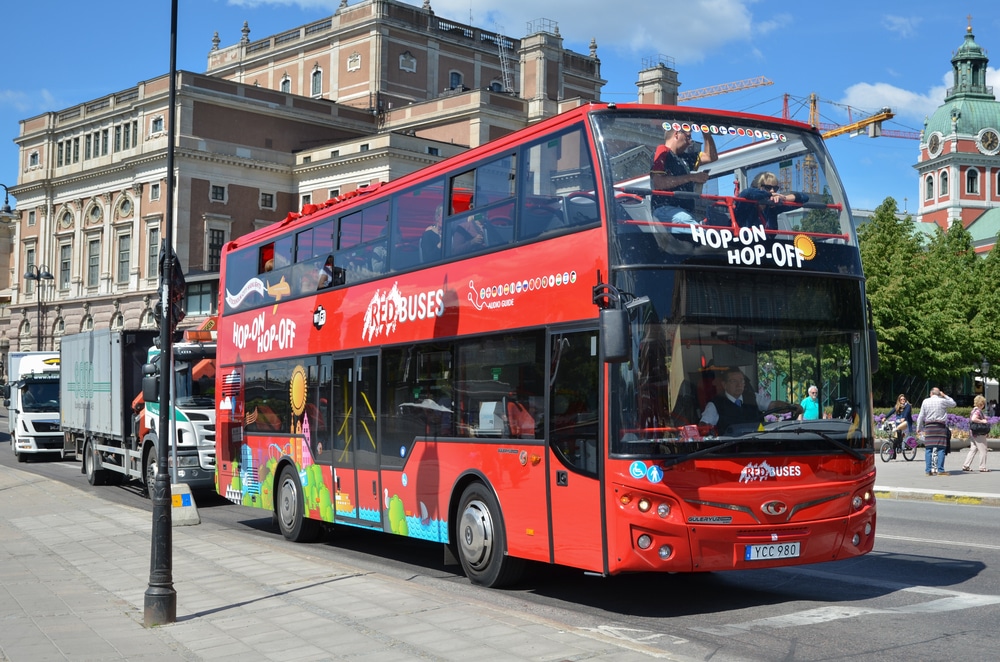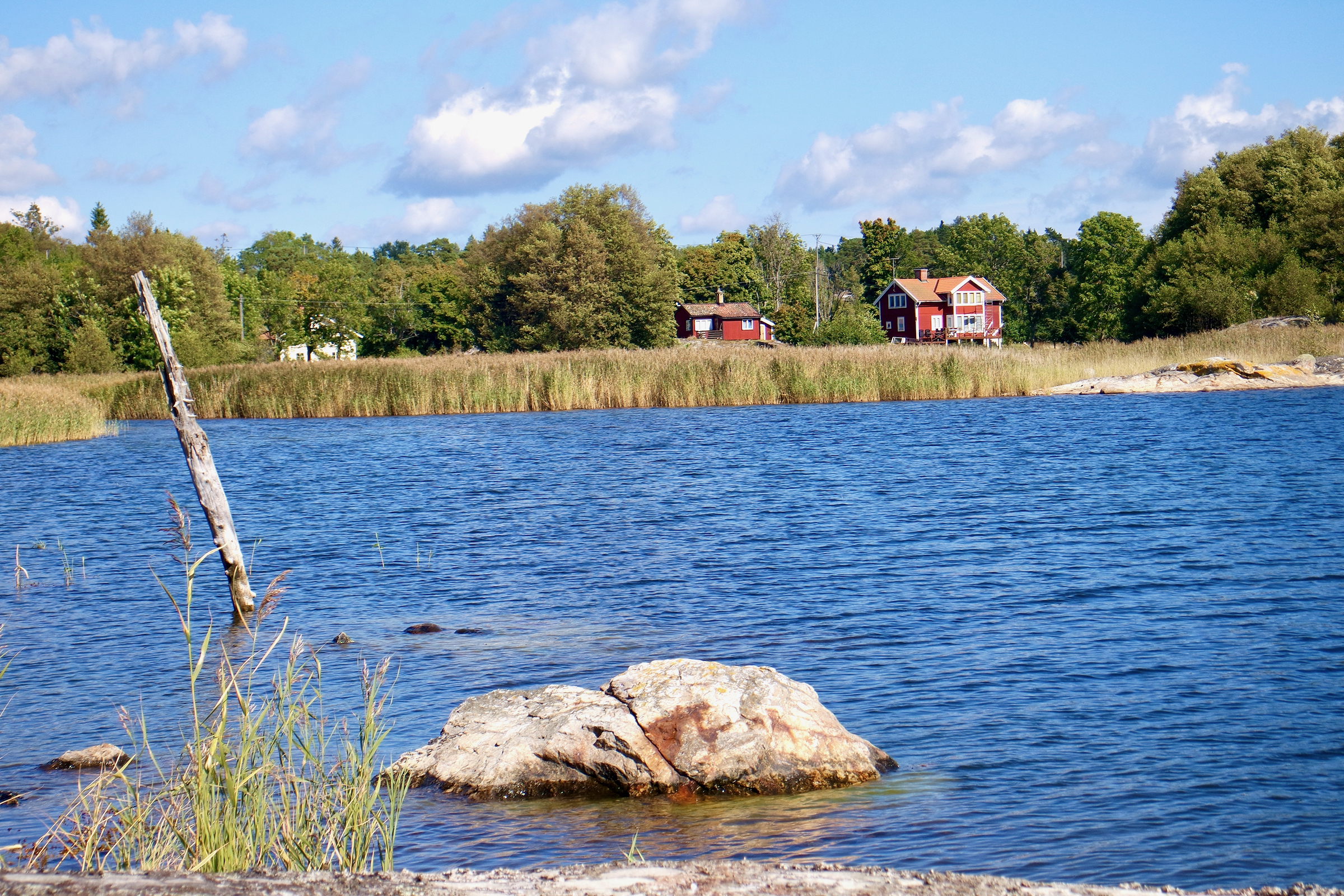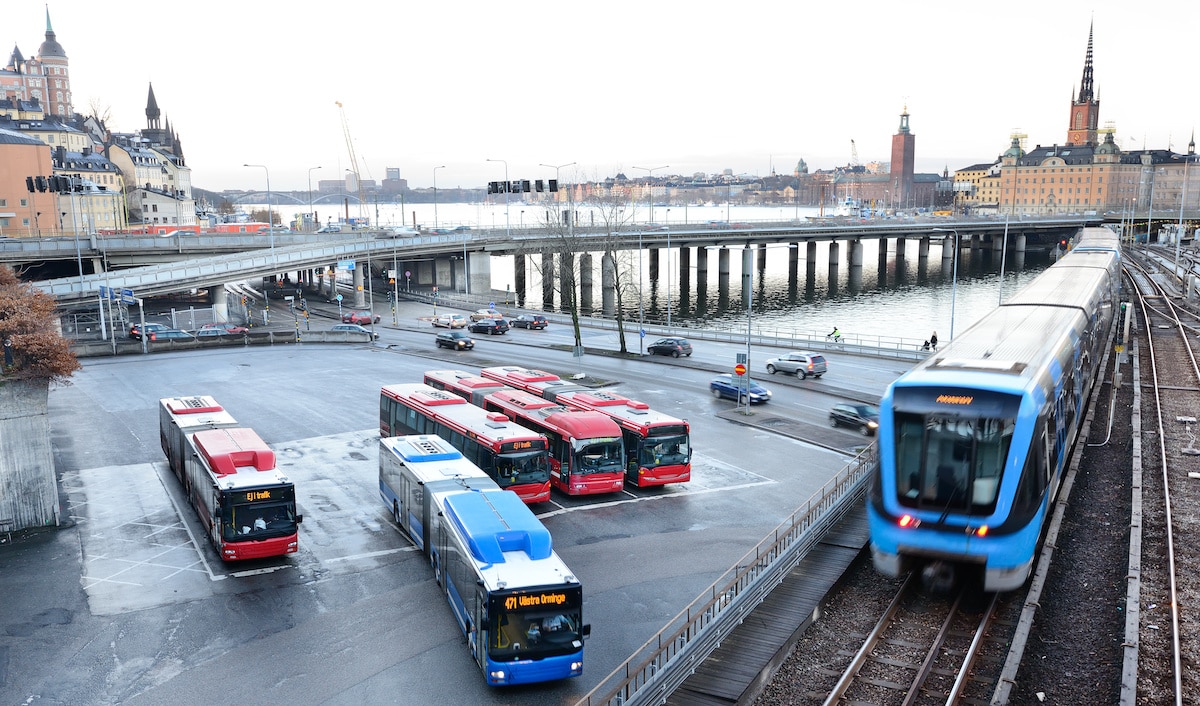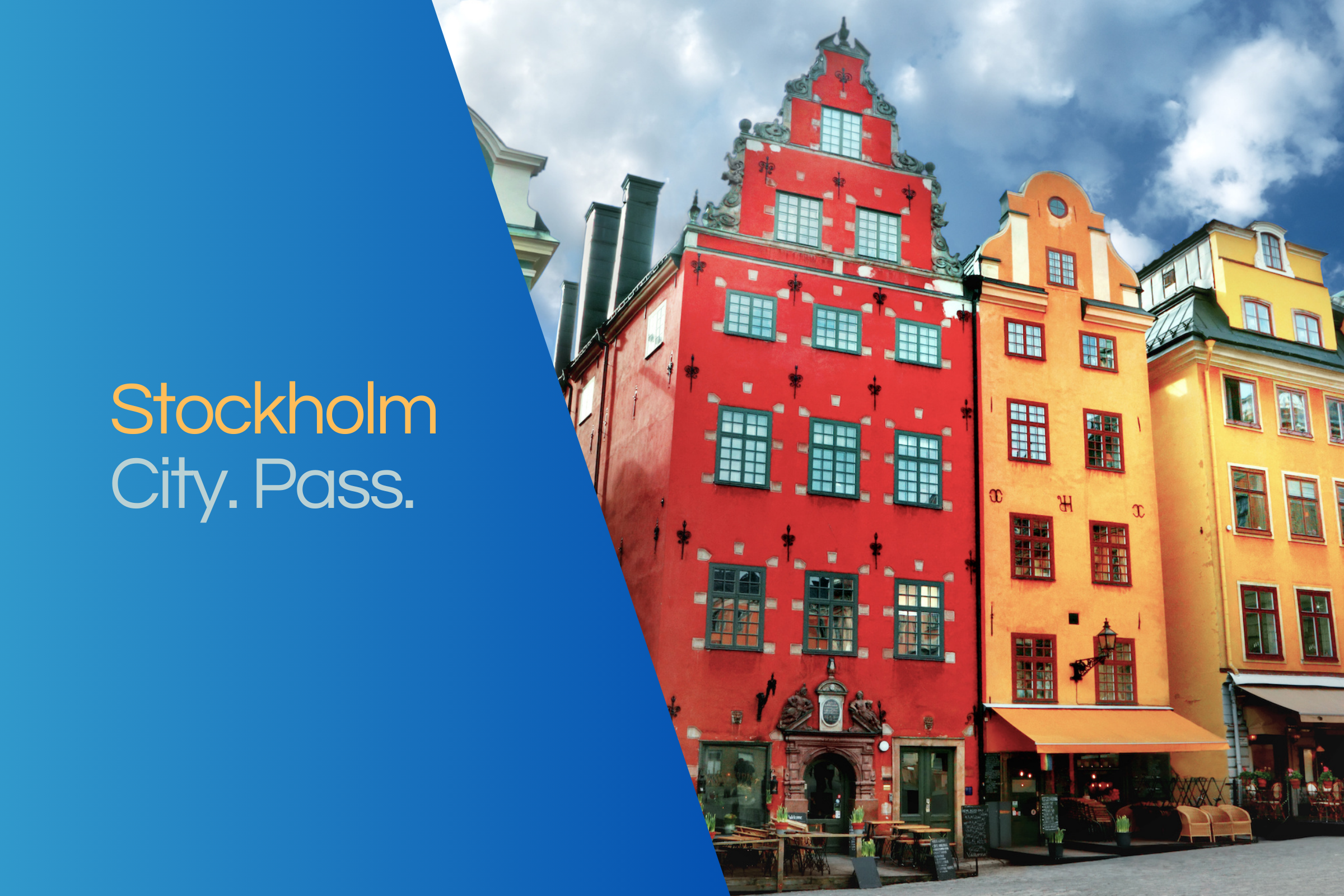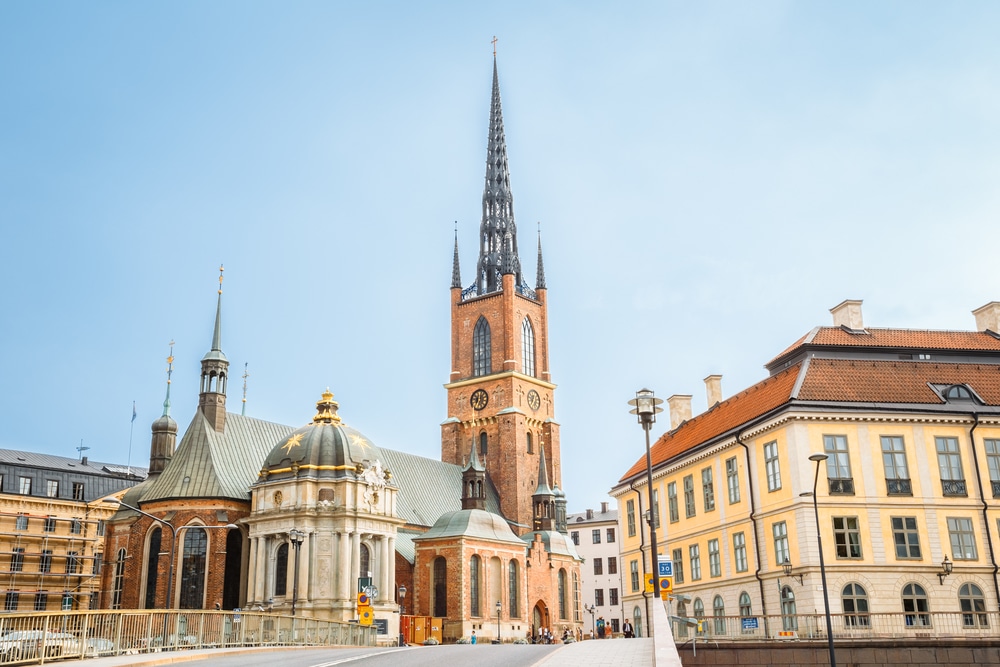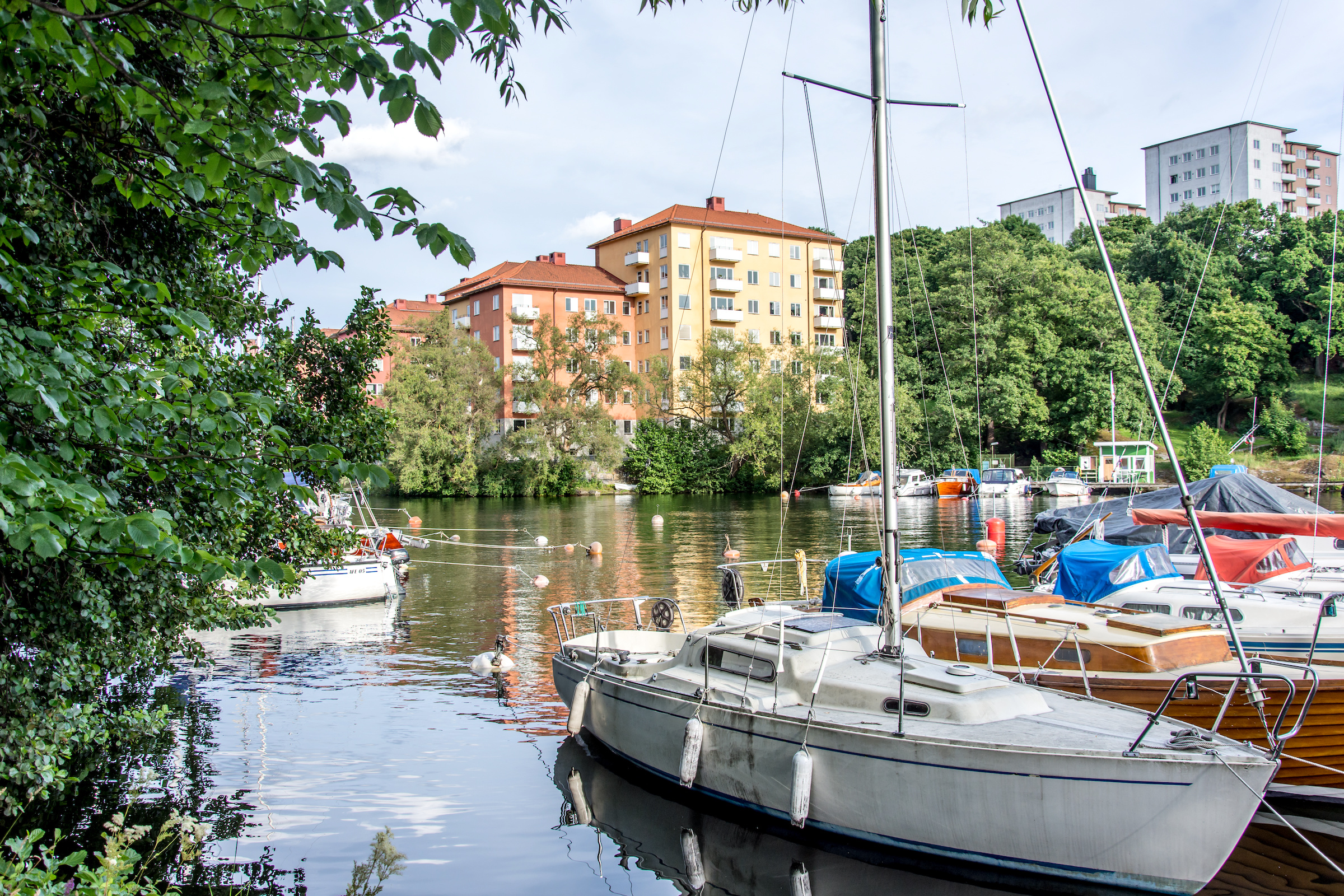Swedish National Museum
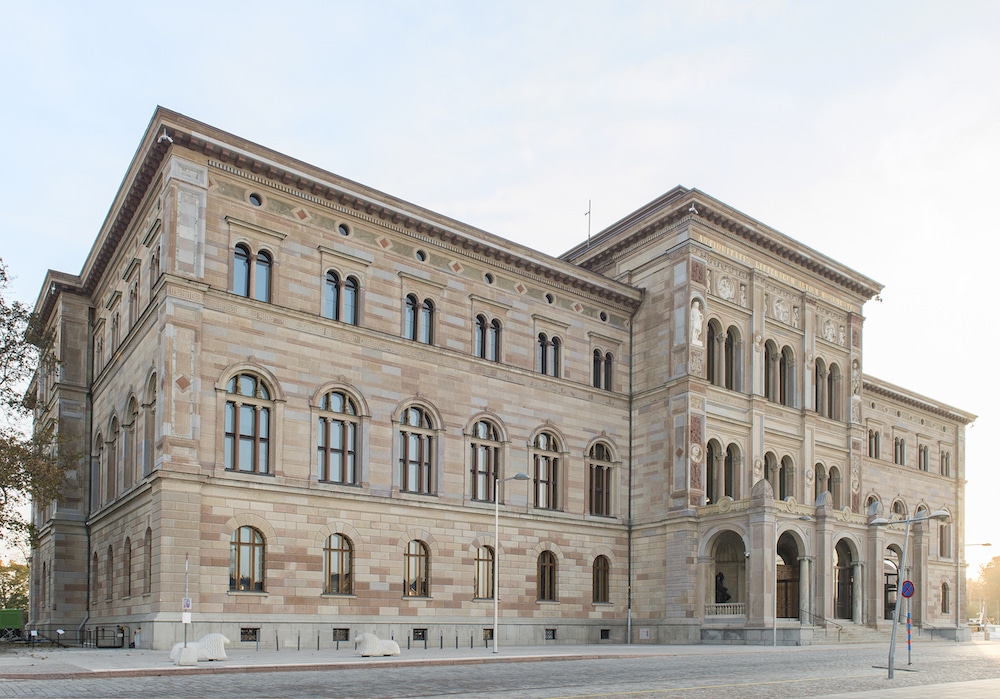
- Stockholm
- The museum today: reopening in autumn 2018
- The history of the collections
- The history of the museum building
The museum today: reopening in autumn 2018
Due to extensive renovation work, the museum on Blasieholmen was closed for a full five years. The center of the renovation work was the energy and fire protection renovation of the building, a fundamental modernization of the interior spaces, and the creation of an additional extension. At the same time, the windows, which had once been reduced in size to protect the works, were returned to their original dimensions, allowing plenty of daylight into the building and relating its interior to its surroundings.
The National Museum now holds twice as many visitors as before its closure and, despite retaining its spaciousness, displays three times as many exhibits as before. The museum was ceremonially reopened on October 13, 2018, in the presence of the Swedish royal couple and the Minister of Culture.
[caption id="attachment_5293" align="alignnone" width="800"] The ceremonial reopening of the National Museum on Oct. 13, 2018 by the Swedish Royal Family (Photo: Linn Ahlgren/Nationalmuseum)[/caption]
The ceremonial reopening of the National Museum on Oct. 13, 2018 by the Swedish Royal Family (Photo: Linn Ahlgren/Nationalmuseum)[/caption]
The history of the collections
A large part of the exhibits come from the royal collections; a not insignificant portion of these were captured during the Thirty Years' War. Other monarchs limited themselves to purchasing works of art and acquiring them by exchange. In accordance with the taste of the time, these works came from France, the Netherlands, Italy and Scandinavia itself. The Düsseldorf school of painting is also represented. Although the expansion of the collections was anything but systematic and the aim of the same was inconsistently either on historical painting or on the acquisition of representative works of art for the individual epochs in each case, the focus of the collection efforts shifted permanently from sculpture to paintings.
It was not until the early 20th century that systematic collecting began, with the museum repeatedly relying on donations and cash gifts. The greatest interest was now in Swedish pictorial art of the National Romantic period (i.e., the 1880s and 1890s) and French Impressionism. Until the opening of the Moderna Museet, modern art from the 19th century was also purchased.
The State Portrait Collection of Sweden is also part of the National Museum and is displayed at Gripsholm Castle. Konstbiblioteket, or the Art Library, is equally part of the National and Modern Museums and is one of the largest Scandinavian institutions of its kind. Other museums and exhibition venues spread across the country are also centrally co-managed by the National Museum.
Among the showpieces of the collections are paintings by Rubens and Dürer, Watteau and Rembrandt, Matisse and Delacroix, Zorn and Larsson. The sculpture collection also spans a considerable range - from Sergel to de Vries to Degas. In addition, there are countless graphics and drawings, as well as photographs, arts and crafts and design exhibits.
The history of the museum building
The representative building in the neo-Renaissance style is a result of the collaboration of the German architect Friedrich August Stüler (1800-1865), who was responsible for the exterior, and his Swedish colleague Fredrik Wilhelm Scholander (1816-1881), who was responsible for the interior design.
After twelve years of construction, it was opened in 1866 to coincide with the Stockholm Exhibition. The first ideas for a national museum of Swedish art lay much longer in the past. Stüler, already a renowned museum architect at the time who had designed, among other things, the Neues Museum on Berlin's Museum Island, was initially to act in an advisory capacity, but then submitted his own designs for a museum building as a Gesamtkunstwerk, which met with broad approval in Sweden. For him, the building and the collections were to form a unity; a magazine-like character had to be avoided at all costs. The extent to which Stüler was inspired by Stockholm's title as the "Venice of the North" for the building, which is reminiscent of Venetian Renaissance buildings, must remain open here.
The new museum building, which was immensely expensive by the standards of the time, consists of a central nave flanked by two symmetrical wings, with both wings in turn enclosing an inner courtyard. With a depth of almost 60 meters, the building is almost 90 meters wide and 30 meters high, which corresponds to three floors. Statics, fire protection and (central) heating were in line with the latest findings. It became clear during construction that there would be no room for the National Library, as originally planned. The Bel Etage intended for this purpose was eventually used for sculptures and pieces from the royal armory.
The exterior is clad in limestone and granite; the central risalite is also adorned with marble figures and medallions of Swedish national heroes. The initially white walls of the monumental staircase were decorated shortly before the turn of the century by the Swedish painter Carl Larsson (1853-1919) with motifs from national (art) history.
[caption id="attachment_5295" align="alignnone" width="750"] The staircase with Carl Larsson's fresco "Gustav Vasa's Entry into Stockholm" (Photo: National Museum/Bruno Ehrs)[/caption]
The staircase with Carl Larsson's fresco "Gustav Vasa's Entry into Stockholm" (Photo: National Museum/Bruno Ehrs)[/caption]
